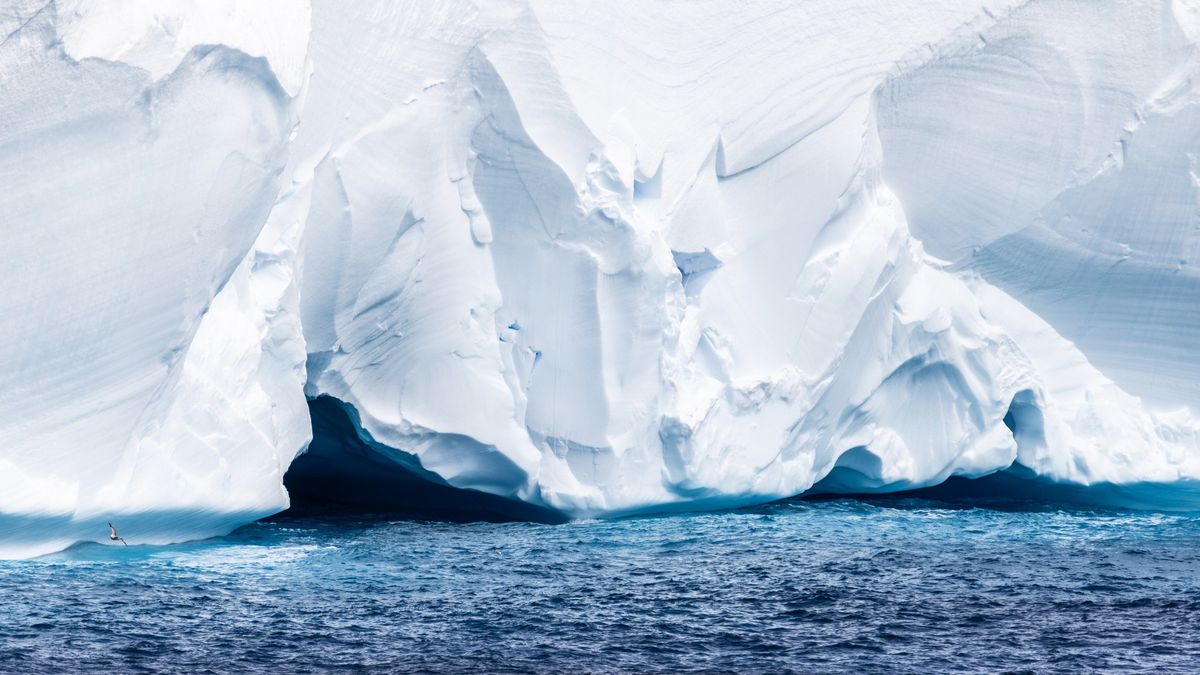A23a in Atlantic
Recently, A23a, the largest iceberg on record, began its journey in the South Atlantic after detaching from the Filchner Ice Shelf in Antarctica. This colossal iceberg weighs approximately one trillion tons and spans about 400 square miles. Its movement raises concerns about potential ecological impacts on South Georgia Island, a remote territory known for its rich wildlife, particularly seals and penguins.
Background of A23a
- A23a remained stationary on the ocean floor for 37 years before its release in 1986.
- Recent changes in ocean currents have propelled it approximately 300 kilometers towards South Georgia Island.
- Experts predict that the iceberg could collide with the island within two to four weeks, depending on the ocean currents and its trajectory.
Ecological Concerns
- The arrival of A23a poses ecological questions.
- If the iceberg grounds itself, it could disrupt the feeding patterns of local wildlife, particularly penguins.
- These birds rely on accessible feeding grounds to nurture their young.
- A grounded iceberg may block access to these areas, leading to potential food shortages for the penguin population.
Impact on Human Activities
Shipping companies operating in the Southern Ocean are well-prepared for the presence of icebergs. They can navigate around A23a due to its size and the awareness of its location. However, smaller icebergs, or “bergy bits,” present a greater challenge as they are harder to track. Previous large icebergs have affected fishing operations, rendering certain areas temporarily off-limits due to safety concerns.
Climate Change and Iceberg Dynamics
The detachment and movement of A23a are part of a broader pattern linked to climate change. Experts suggest that such events are becoming more frequent due to human-induced climate shifts. This phenomenon raises questions about the long-term implications for polar ecosystems and global sea levels.
Future Projections
The exact trajectory of A23a remains uncertain. It may follow the currents around South Georgia Island’s continental shelf or ground in shallow waters. Historical precedents, such as a similar iceberg incident in 2004, provide some insight but do not guarantee predictability.
Month: Current Affairs - February, 2025
Category: Environment Current Affairs







